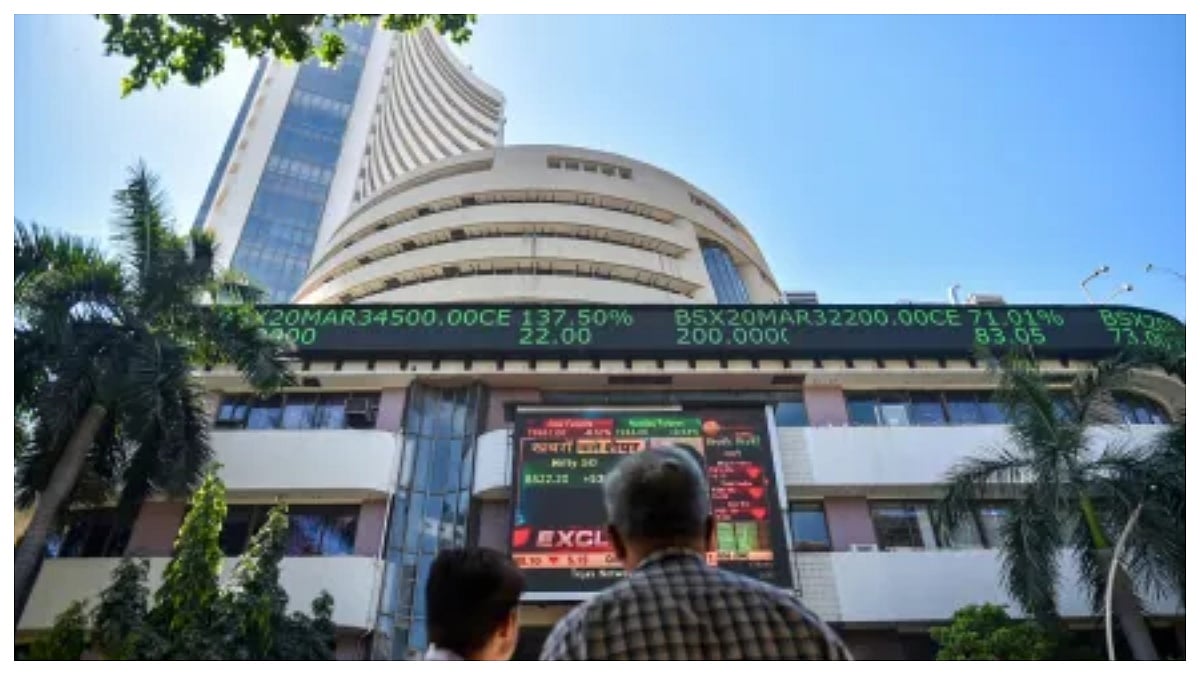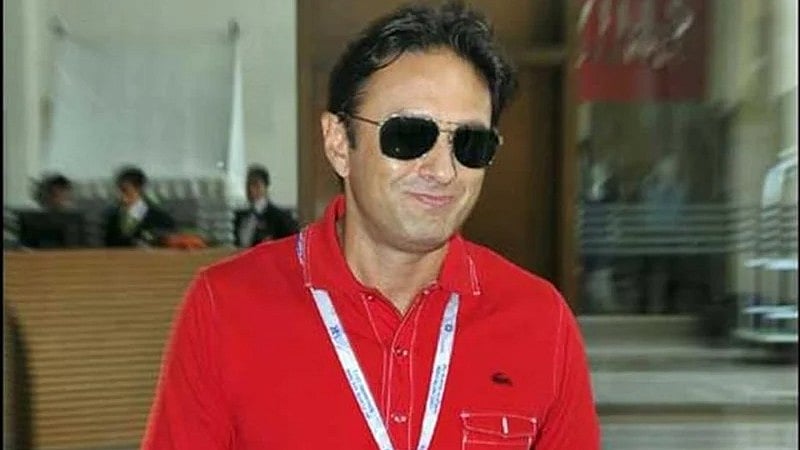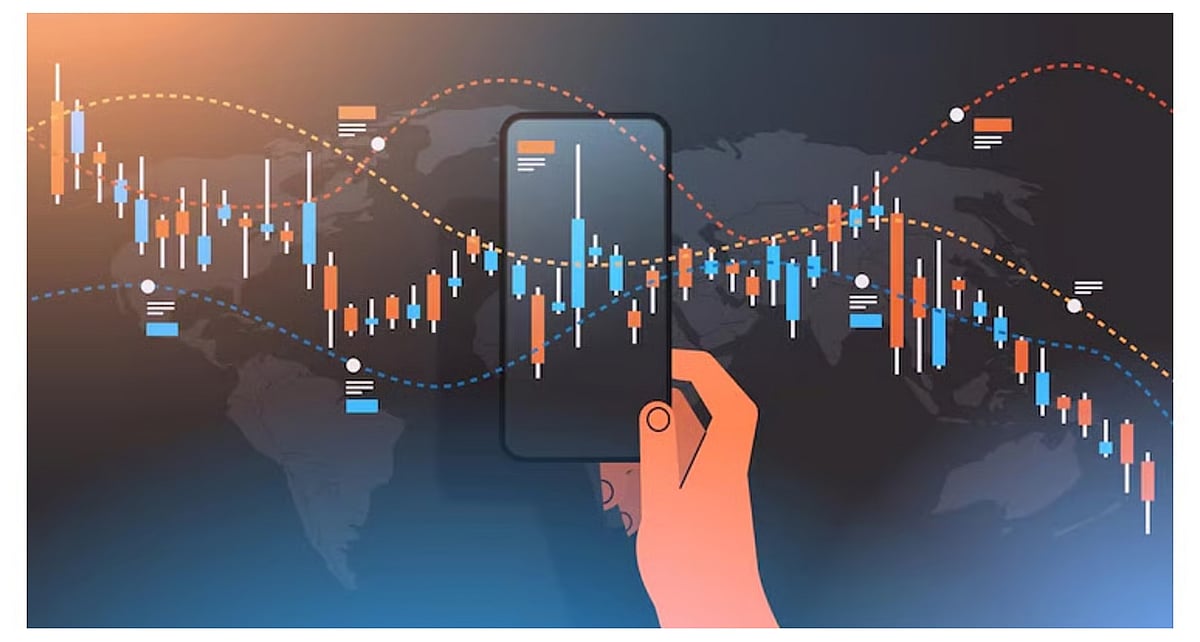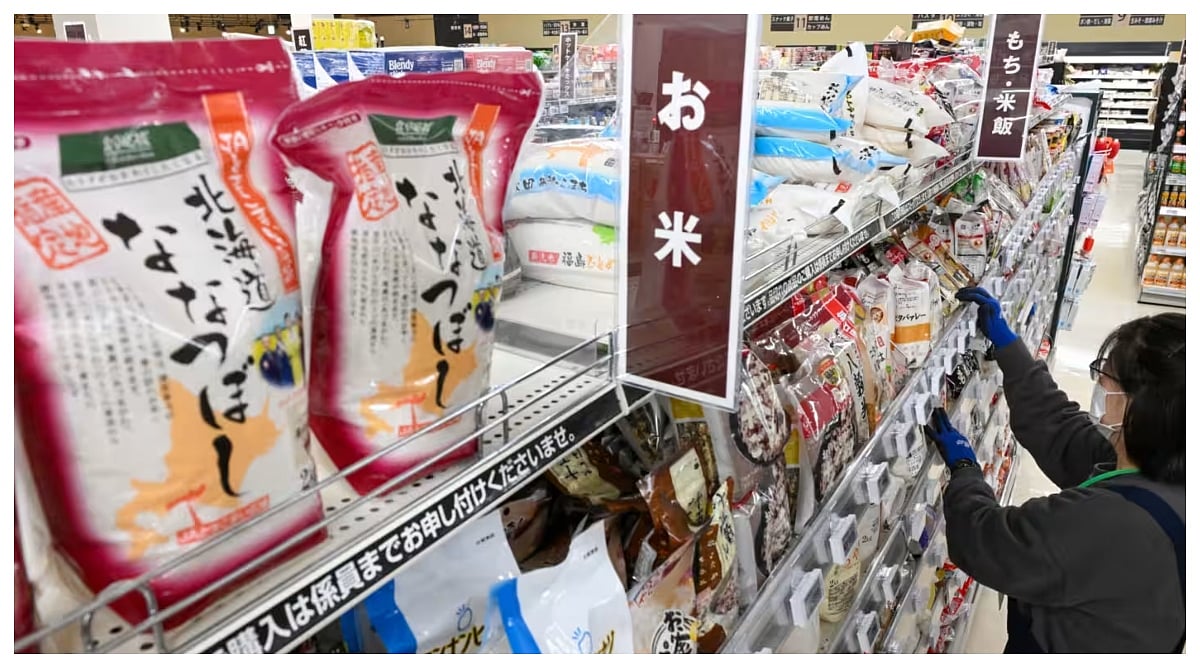New Delhi: Japan has stunned global markets by ending a trend that has held steady for three decades. The country’s borrowing rate has jumped to 2.8 percent, a dramatic shift that has far-reaching consequences, especially for the once-reliable yen carry trade. Investment banker Sarthak Ahuja, who highlighted the issue on LinkedIn, described the shift as nothing short of a financial shockwave.
For decades, Japan’s near-zero interest rates allowed global investors to borrow yen at almost no cost and invest in markets offering significantly higher returns. They poured money into U.S. and Indian markets, enjoying returns of 4 percent to 8 percent. After minor costs, the carry trade still delivered massive profits—until now.
Yen Carry Trade Collapses
On 19 November, Japan’s borrowing rate surged to a 30-year high of 2.8 percent. Ahuja warned that a climb beyond 3 percent could be disastrous, considering Japan’s debt already stands at 2.5 times its GDP. With profits in the carry trade disappearing, global investors are rattled. Many may liquidate overseas investments—especially in the U.S.—to cover rising obligations back home, a move that could shake global stock markets.

Inflation Forces Japan’s Hand
Japan’s sudden shift is rooted in inflation crossing 2.5 percent for the first time in 25 years, even as wages remain stagnant. To curb demand and stabilise prices, the Bank of Japan has been forced to raise rates. While Japan did hike rates to 0.25 percent in August 2024—causing the Nikkei to crash 12 percent—the current move carries far deeper consequences. Ahuja advises avoiding risky bets and prioritising capital protection.
What It Means for India?
With Japan exiting its zero-rate era, India faces a potential slowdown in Japanese capital inflows. For decades, cheap yen-funded investments supported Indian equity and bond markets. Now, with higher domestic yields, Japanese investors may prefer reinvesting at home or repatriating funds. This could tighten liquidity in Indian markets and increase volatility.










